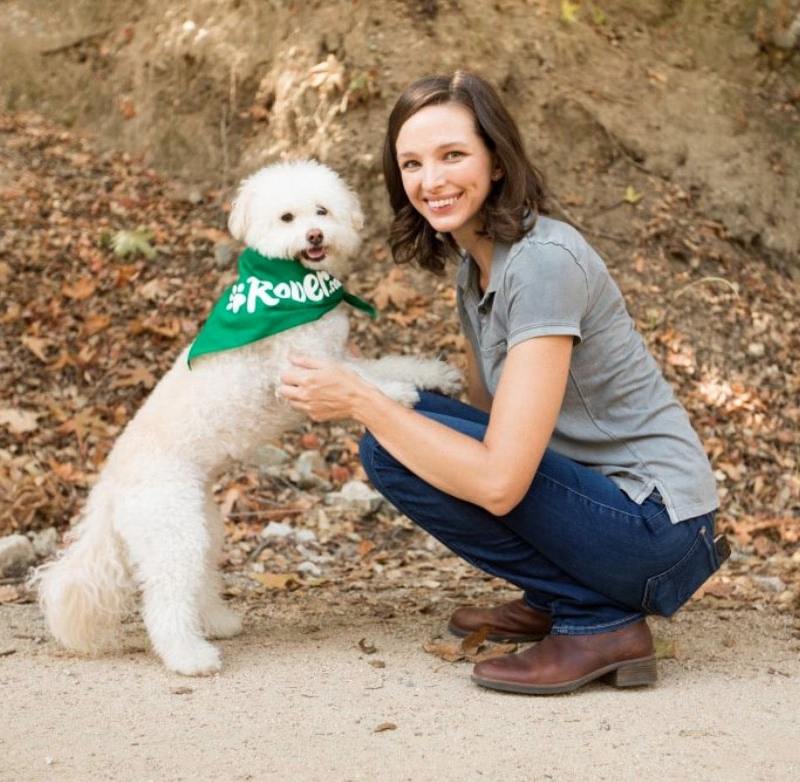
No one likes leaving their pets behind when traveling.
Videos by TravelAwaits
Whether or not your pet busts out the ‘puppy eyes’ when you start packing your bags, it’s common to worry about how our beloved cats, dogs, birds, and more are doing at home.
What’s the number one way to lessen those anxieties? Having a fantastic pet sitter on speed dial.
But that begs another question… how can you find a reliable pet sitter who also gives your furry friend the attention it needs? There’s more on the line than feeding them and giving them medications, after all.
Pet parents also want to know that their dogs and cats are being cared for meaningfully. In other words, they have play time, snuggle sessions, and all the other finer forms of care that they’re used to.
Let’s dig into how to find a great pet sitter the first time around.
I’ve got advice from Nicole Ellis, one of Rover’s pet panel experts and a certified dog trainer. (Alternatively, if you already have a pet sitter in your back pocket, you can check out her advice on how to fly with a dog.)
How to find a great pet sitter according to Rover pet panel expert
Step #1: Decide what type of sitting experience is right for your pet
Pet parents have three options when it comes to pet care: hire a pet sitter to stay at your home, send your pet to stay with a trusted pet sitter, or book your pet a room at a pet boarding facility.
For the purposes of this article, we’re focusing on the first two options.
Before you start seeking out a pet sitter, decide whether you’re looking for a sitter to stay at your home or if you’ll be sending your pet to stay at the sitter’s home.
Usually, pets prefer to stay at home because it’s their territory. The sights and scents are familiar, which is extra comforting when pet parents are gone.
In other words, most pet sitters come to stay (or check-in) at your home. But if that’s not an option for one reason or another, you can also seek out sitters who will welcome your pet into their home.
Step #2: Rely on trusted platforms like Rover
The best way to find a great pet sitter the first time around is to use a trusted and reliable platform.
I’ve been using Rover for over five years now with great success, so I’ll continue to reference Rover and pet panel expert Nicole Ellis.
According to Ellis, using a trusted pet-sitting platform like Rover lets you take a close look at all potential sitters. You can learn more about their backgrounds and also read the reviews that other pet parents have left on their profiles. You can also explore their ‘pet network’ and learn where they usually work and where they live.
Most importantly, you’re protected by the Rover Guarantee when you sign up and find a sitter on the website. This reimbursement program is designed to protect pets and pet parents, while also giving you peace of mind.
Step #3: Know what to look for when checking out profiles
Once you’ve found a reliable and trusted pet-sitting platform, you need to know what to look for when checking out profiles and meeting potential sitters.
According to Ellis, there isn’t one clear metric for selecting the ‘right’ pet sitter—they come from all walks of life and career backgrounds.
Ellis recommends focusing on pet sitters who are knowledgeable, have their own pets, and/or have spent extensive time around pets. You might want to look for sitters who have experience with pets that are the same breed, size, and temperament as yours.
And don’t forget to be honest about your pet’s needs. Some dogs, for example, might not do well around skateboards.
When you’re meeting up for the first time, look for characteristics like communication skills and compassion. You should notice them immediately ‘clicking’ with your pet, too.
If your pet will be staying at their home, then be sure to schedule a meet-up there so you can ensure the home is clean and that the environment meets your pet’s needs.
Lastly, Ellis suggests setting up meetings with more than one pet sitter. That way, you’ll be able to easily compare and contrast different experiences.
Step #4: Provide the sitter with everything they need to know about your pet
Once you’ve found the right pet sitter, sit down and create a thorough list of everything they need to know. Medications and medical history are the most important. Ellis suggests administering medication with your pet sitter to ensure the process goes smoothly.
To avoid any gray areas or misunderstandings, you might want to create a few lists for the sitter. These should explain what to do in case of emergency, including your primary vet, where to find them, and possibly another contact—like a friend or family member.
The more prepared you are when leaving your pet behind, the better the sitter can field any surprises.
Step #5: Contact your vet, too
Ellis recommends calling ahead to let your vet know that you’ll be out of town and that their sitter has permission to seek medical care on your behalf. To do this, provide the name and a description of the sitter.
But that’s not all. Ellis also suggests penning a more general letter that gives the sitter permission to seek out emergency medical care when standard vets are closed.
In my opinion, this is the most important part of the whole process because it covers you, your sitter, and your pet in case of a medical emergency.
Ideally, your pet won’t need to visit the vet while away—but by checking your Ts and dotting your Is, you can avoid stressing out while on a different continent.
Step #6: Get your pet ready for the sitter
Don’t forget that your pet should also be prepared for their first sitting experience.
According to the experts at Rover, you might want to follow these steps if your pet is staying at the sitter’s house:
- Make sure the pet’s ID tags are up to date
- Pack their favorite goodies, including beds, treats, and toys
If the pet sitter is staying at your place, follow these steps:
- Write down some basic house rules
- Keep all pet supplies in one location
